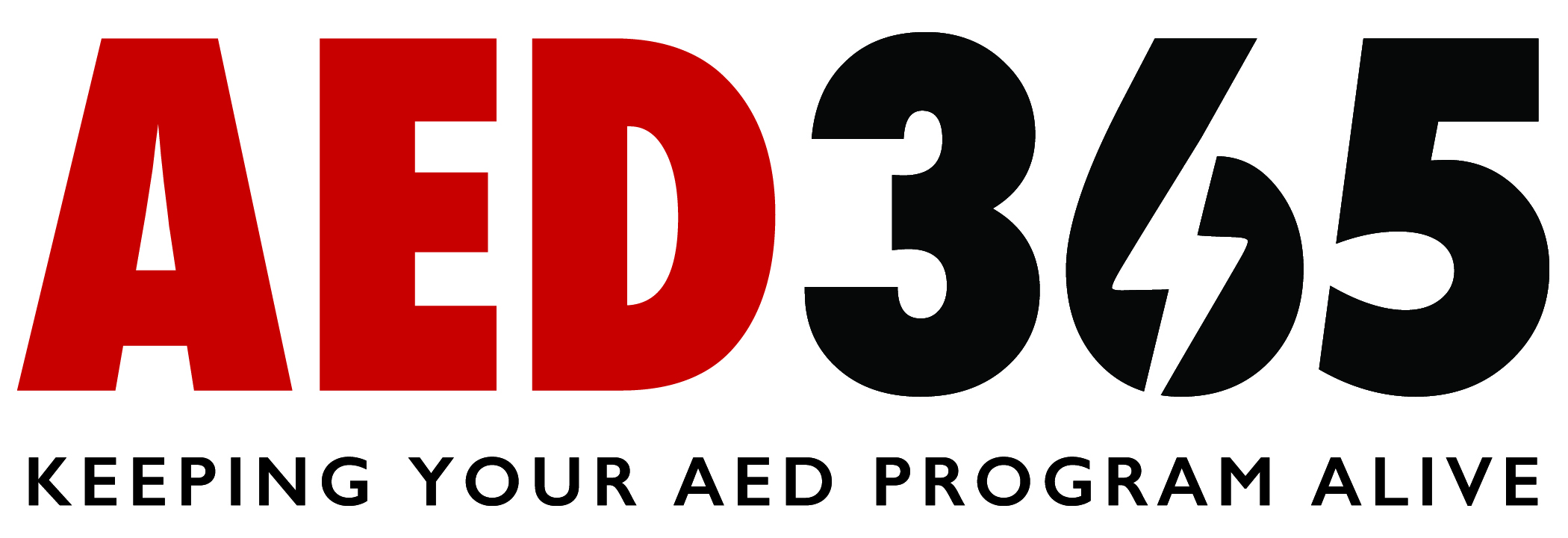Author: Marcy Burnham, RN
February is Heart Month, a time dedicated to raising awareness about cardiovascular health and encouraging preventive measures to combat heart disease. While heart disease is often perceived as a greater risk for men, it remains the leading cause of death for women in the United States. Despite this reality, women’s heart health is frequently overlooked, and symptoms often go unrecognized or dismissed. This Heart Month, it’s essential to highlight the unique risks, symptoms, and preventive measures that can help women take charge of their cardiovascular health.
Understanding the Risk Factors for Women
While men and women share many common risk factors for heart disease—such as high blood pressure, high cholesterol, smoking, and diabetes—women also face unique risks, including:
- Hormonal Changes: Estrogen provides some cardiovascular protection, so the risk of heart disease increases after menopause.
- Pregnancy-Related Conditions: Complications like gestational diabetes, preeclampsia, and high blood pressure during pregnancy can elevate a woman’s lifetime risk of heart disease.
- Autoimmune Diseases: Conditions such as lupus and rheumatoid arthritis, which are more common in women, can increase heart disease risk.
- Mental Health Factors: Depression, stress, and anxiety disproportionately affect women and can contribute to unhealthy lifestyle habits and increased inflammation.
Recognizing the Unique Symptoms
One major challenge in women’s cardiovascular health is the difference in how symptoms present compared to men. While men often experience the classic “crushing” chest pain during a heart attack, women may have more subtle signs, including:
- Shortness of breath
- Nausea or vomiting
- Unexplained fatigue
- Pain in the back, jaw, neck, or shoulders
- Lightheadedness or dizziness
Because these symptoms can be mistaken for less serious conditions, women may delay seeking medical attention, which can have life-threatening consequences.
Prevention is Key
The good news is that heart disease is largely preventable with the right lifestyle choices and proactive healthcare. Here are some essential steps women can take to protect their heart health:
- Get Regular Checkups: Annual wellness visits can help monitor blood pressure, cholesterol, and blood sugar levels—key indicators of heart health.
- Prioritize a Heart-Healthy Diet: A balanced diet rich in fruits, vegetables, whole grains, and lean proteins can help reduce risk factors. Limiting processed foods, excessive salt, and added sugars is equally important.
- Stay Active: The American Heart Association recommends at least 150 minutes of moderate-intensity exercise per week. Activities like walking, cycling, yoga, and strength training can significantly improve heart health.
- Manage Stress and Mental Health: Chronic stress and anxiety can take a toll on the heart. Incorporating relaxation techniques such as meditation, deep breathing, and social connection can support emotional and cardiovascular well-being.
- Know Your Numbers: Understanding personal health metrics, including blood pressure, cholesterol, and BMI, empowers women to take control of their heart health.
Advocating for Women’s Heart Health
Despite advances in cardiovascular research, gender disparities in awareness, diagnosis, and treatment persist. Women are less likely than men to receive timely heart attack treatment or be included in clinical trials. Raising awareness, advocating for gender-specific research, and empowering women to prioritize their heart health is critical.
This Heart Month, let’s encourage all women to take action by educating themselves, recognizing symptoms, and making heart-healthy choices. Because when women prioritize their heart health, they not only improve their own well-being but also strengthen their families and communities.
Your heart matters—take care of it today!
Office: (205) 417-4711
Email: info@aed365.com



